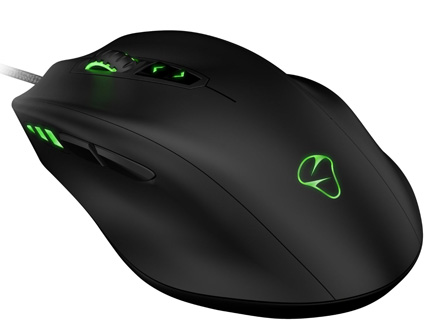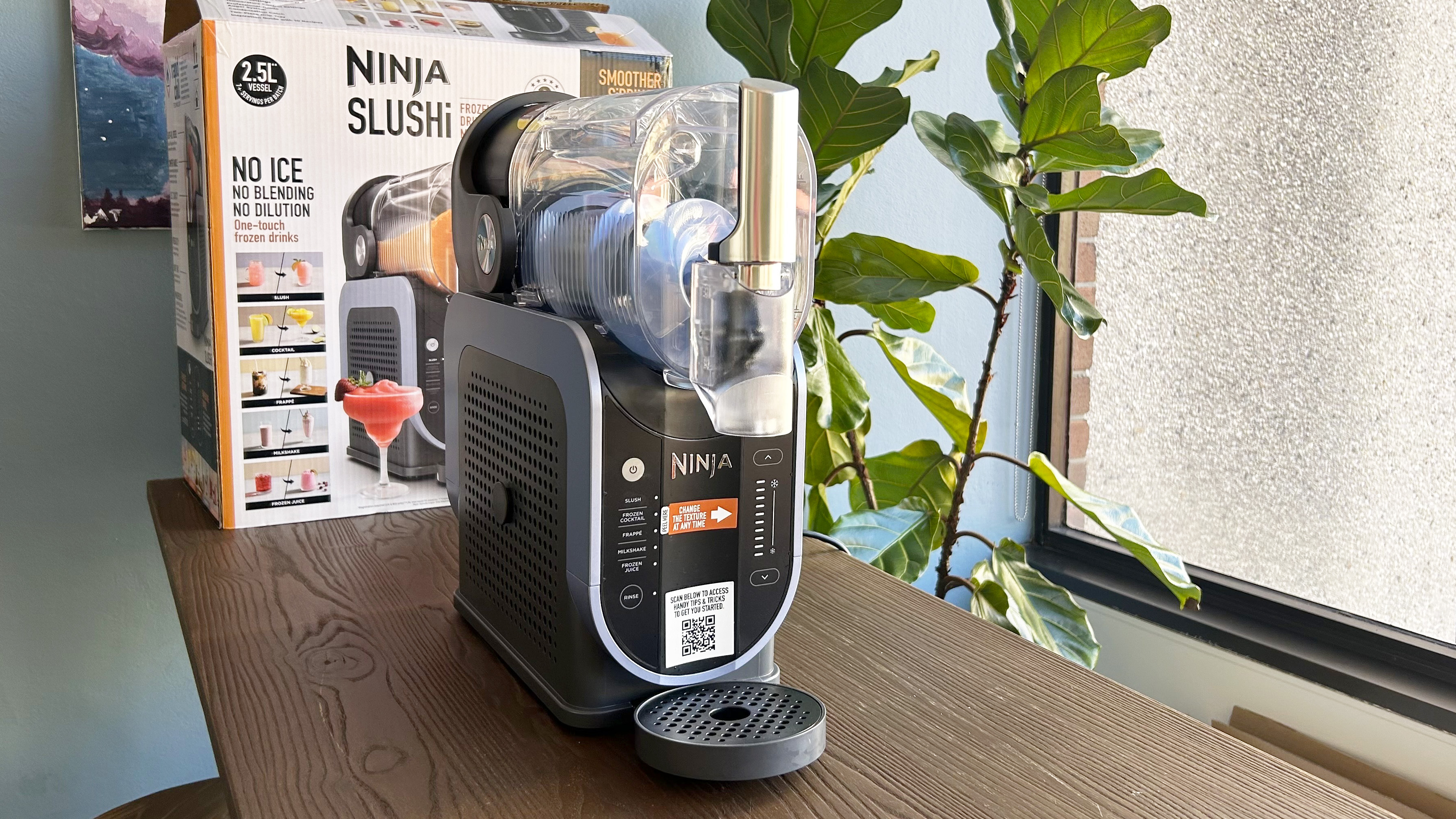Tom's Guide Verdict
The Naos 8200's design and performance nearly justify its high cost, but shoddy software makes it impossible to recommend at any price.
Pros
- +
Fantastically comfortable
- +
Excellent in-game performance
Cons
- -
Software is easy to break, hard to fix
- -
Lacks game-linking features
- -
Unjustifiably expensive
- -
No profiles stored on mouse
Why you can trust Tom's Guide
Considering that most wired gaming mice top out at around $80, a mouse that costs even more would logically have to offer some of the very best functionality on the market. Not only does the Mionix Naos 8200 ($90) fall short of the mark, but it doesn't even come close. Although the mouse has a fantastically comfortable design, its dated software is busted beyond the point of usability, and its high price is totally unjustifiable.
Design
The best thing the Naos 8200 has going for it is the way it feels. The mouse is large and ergonomic but keeps a low profile, making it comfortable for both palm- and claw-grip players. Those with large hands will appreciate the mouse's girth, and it's one of the few mice on the market that offers both a thumb rest and a ring-finger rest. Although neither one of these rests is textured, it's still a smart design choice that surprisingly few other peripherals embrace.
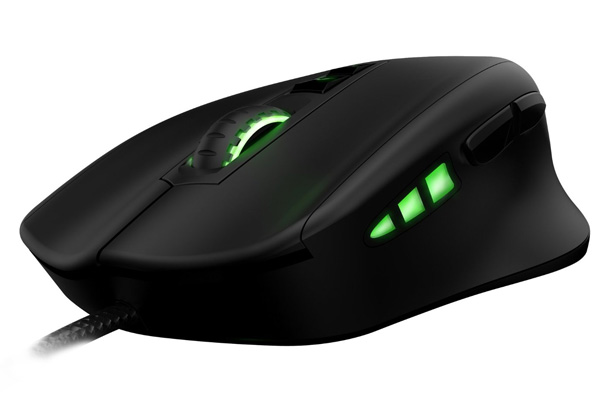
The buttons are also universally comfortable and well placed. The Naos 8200 features seven programmable buttons: a right button, a left button, a clickable scroll wheel, two dots-per-inch (DPI) sensitivity-adjustment buttons beneath the scroll wheel and two thumb buttons. Each button is responsive and a joy to click. The thumb buttons and DPI-adjustment buttons, in particular, have very pleasant shapes and are easy to tell apart without looking.
MORE: Best Gaming Mice
Add in the grip-friendly texture on the scroll wheel, a bright DPI indicator and attractive illumination across the whole device, and it's hard to imagine how the Naos 8200 could look or feel much better.
Features
In spite of its fantastic design, the Naos 8200 falls down — and falls hard — in terms of software. The Mionix Naos 8200 software, like the software for the mouse's cousin, the Mionix Avior 7000, looks good on the surface. However, it lacks a few key features found in more advanced gaming-mouse software such as Razer Synapse 2.0 or SteelSeries Engine.
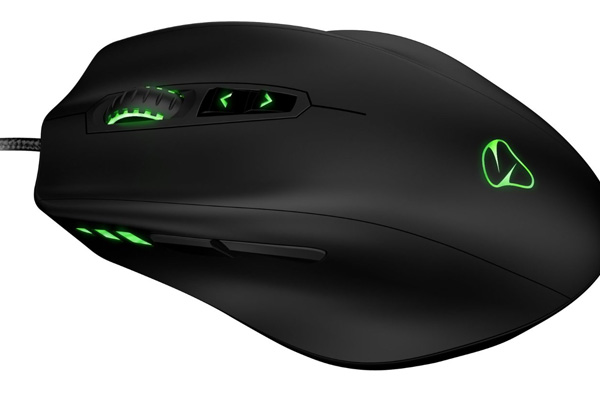
The Naos 8200 software does get a few key features right. The interface is sleek and attractive, and it's extremely easy to set up profiles. But users can create only five profiles, and you cannot store any on the mouse itself.
In addition to assigning commands and macros to each of the seven buttons, users can set three DPI levels between 200 and 8,200. Curiously, the software also offers a surface-quality analyzer tool, but the tool doesn't do anything except provide a nebulous rating for your surface of choice. (Comparable software can often optimize mouse performance for different surfaces.)
That said, the software itself is broken, plain and simple. Attempting to alter more than one parameter at a time (for example, reassigning a button and changing the color simultaneously) caused the software to crash. Worse still, every time we reopened the software and attempted to change even a single parameter, it would crash again. Uninstalling and reinstalling the software did not fix the problem, and we were able to reproduce the bug on every system we tried.
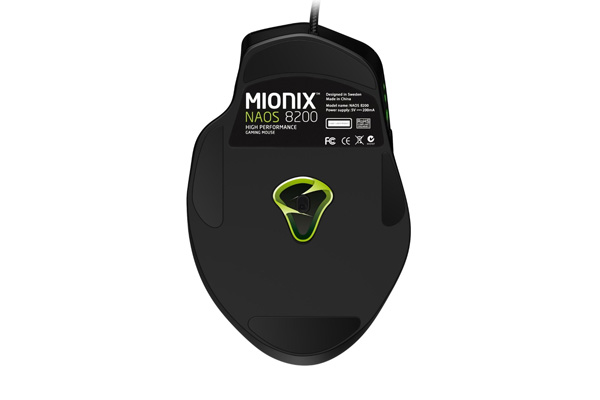
Unlike with previous Mionix software, we could not even fix the issue by resetting the profiles to default parameters. In the end, the only way to prevent the software from crashing every time we used it was to manually rename every profile, reset every command and undo every color scheme. This rendered the software usable once again, but it did mean that one mistake would effectively erase every profile we'd created. (Mionix did not provide a clear explanation for why this happened.)
The Naos 8200 software also lacks the ability to link profiles with individual games, meaning that you'd have to manually switch profiles before you loaded up a new title. This is a nuisance, but it would admittedly be less of a problem if applying new profiles did not occasionally cause the software to crash irreparably.
While it's possible to eschew the Naos 8200's software entirely and just assign buttons in each individual game, this means missing out on features such as DPI adjustment and color-coded profiles. A gaming mouse's software can be almost as important as its overall design and performance, and the Naos 8200's poor software brings the entire experience down a few notches.
Illumination
The mouse also has a number of strong illumination options. The Naos 8200 possesses five points of illumination: a logo near the palm, arrows on the two DPI buttons, the scroll wheel and the DPI indicator. Users can assign these buttons any color they wish, mix and match colors, and choose whether the lights stay steady or blink for each individual point. Not only are the colors extremely strong and distinct, but differentiating profiles with various color schemes is both easy and fun.
Performance
Assuming you can get past the buggy software and into a game, the Naos 8200's performance is completely up to snuff. In our standard roster of games, we found that the peripheral worked well across every genre.
MORE: Best Gaming Keyboards
We tried the Naos 8200 with "BioShock Infinite," "StarCraft II," "Batman: Arkham City" and "World of Warcraft," and found that the mouse was accurate, precise and responsive for all those titles. The extra buttons came in handy for tasks like grappling from point to point or ordering armies across a large map. That said, there weren't quite enough buttons to be ideal for higher levels of play in massively multiplayer online titles, where firing off a dozen skills or more in rapid succession is the order of the day.
Beyond that, there's not much to say about the way the Naos 8200 handles. It's no better than any comparable mouse, but it's no worse, either.
Bottom Line
What makes the Naos 8200 frustrating is that it's not irredeemable. With fantastic design and great performance, the Naos 8200 could have justified its extremely high cost. But due to its shoddy software, it's impossible to recommend this mouse at any price.
If Mionix decides to patch the program, the Naos 8200 could be an excellent choice for gamers with a broad taste in genres and larger hands. As it stands, you'd be better off with almost anything else.
Specs
| Laser Depth | 3mm |
| DPI | 200 -8,200 |
| Size | 130 x 83 x 32.5 mm |
| Weight | 149 grams |
| Connection | Wired |
| Grip Type | Palm/Claw |
Follow Marshall Honorof @marshallhonorof and on Google+. Follow us @tomsguide, on Facebook and on Google+.
Marshall Honorof is a senior editor for Tom's Guide, overseeing the site's coverage of gaming hardware and software. He comes from a science writing background, having studied paleomammalogy, biological anthropology, and the history of science and technology. After hours, you can find him practicing taekwondo or doing deep dives on classic sci-fi.
-
sc14s I have to say, I had a Mionix Zibal 60 and that thing was freaking fantastic until my son broke it :( Also Amazon ads are spamming me that its $62 on this screen so $90 isn't accurate unless its the MSRP.Reply
